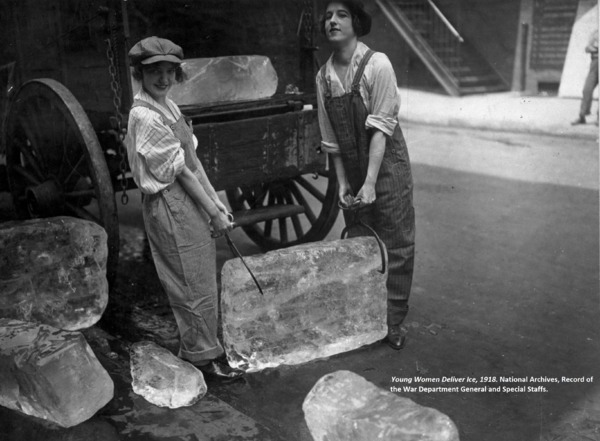Dublin Core
Title
Description
Learn about a variety of jobs done by Utahns at the turn of the twentieth century, and think about how jobs have changed - or not - over the last 100 years.
According to the United States Census, there were 73,840 men and 10,764 women employed in Utah during 1900. The most common jobs for men were in agriculture and manufacturing, while women primarily delivered services. But what jobs were Utahns actually doing? The Utah State Gazetteer – the yellow pages of its day – holds some surprising answers.
The business directory section of the Gazetteer's 1900 edition contains almost 7 pages of dressmakers, 3.5 pages each of blacksmiths and mining companies, nearly 3 pages of saloons, almost 2 pages of shoemakers, and more than a page each of music teachers and livery stables.
Typical occupations of the time included farmers, miners, carpenters, teachers, and storekeepers of various kinds. But many small towns boasted unique services. For instance, Hinckley, a small town in Millard County, had one of Utah’s few coopers, while the town of Beaver had two milliners. Logan had a butter box manufacturer, who also made egg cases and packing crates. Utah supported no less than 54 beekeepers, 32 plumbing firms, 27 wagon makers, and 13 carpet weavers.
Many Utahns in 1900 had more than one job. W.E. Gifford of Springdale, for example, was an axe-handle manufacturer, farmer, and postmaster. Peter Okelberry ran the Goshen general store, but was also a carpenter and a dentist. In Huntsville, James Wangsgard was a merchant, cattle breeder, dairyman, and proprietor of the local dance hall.
Women – in addition to serving as midwives, teachers, nurses, and dressmakers – were sometimes highly-visible business owners. Many ran stores, and were often owners and operators of boardinghouses and small hotels that catered to travelers and businessmen.
Occupations of the day that we seldom hear about include: washboard manufacturers, curled hair manufacturers, cigar makers, umbrella repairers, carriage painters, bell hangers, tinsmiths, bootblacks, Indian traders, city bill posters, tripe dressers, magnetic healers, and choppers of kindling.
So, how do YOU make a living?
Creator
Source
_______________
See Miriam Murphy, “Jobs in 1900,” History Blazer, February 1996, http://www.historytogo.utah.gov; R.L. Polk and Co., Utah State Gazetteer, 1900.

